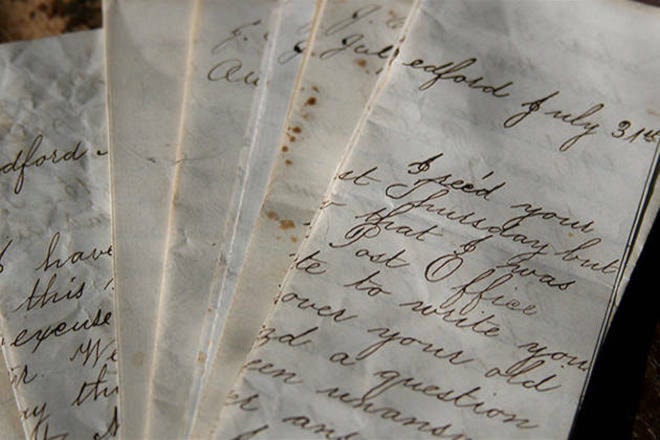Is there any data to back up that top-down fires have less particulate during start-up than bottom-up? I've found a combination bottom-up plus front-to-back to be far and away the most effective way to get my flue gasses up to temp quickly to engage the cat, but I'm curious if this is something I should be experimenting with further (I have tried the top-down method a few times, with fairly lackluster results - many people seem to like that approach, though, so it could easily have been operator error). Typically the flue probe hits 500 in 5 - 15 minutes after a reload (most of the time in less than 10), and I've never had it take longer than 20 (much less 'sputter and spew for hours'). That seems in line with the timing in the stickied post about operating an EPA stove, but maybe I'm misreading that post? Once the cat is engaged, there's no visible smoke from the chimney, and I can't usually smell anything, which seems to pass the letter-writer's test, but if there's a noticeably faster way to get up to full-combustion-temps (or if there are different ways to get there that release different amounts of particulate), I'm certainly happy to try it out.
Edit: I figured I'd add a photo of what I mean by how I'm loading the stove - it's side loading, so the front with the air wash is to the left in the photo. I was able to engage the cat about 7 minutes after lighting the match to kick this off.
View attachment 293137

 www.cowichanvalleycitizen.com
www.cowichanvalleycitizen.com



![[Hearth.com] Ways to burn cleanly [Hearth.com] Ways to burn cleanly](https://www.hearth.com/talk/data/attachments/293/293164-2245fa96f088790dd1f4b2d46e26ad6e.jpg?hash=s35qnNZVLJ)
